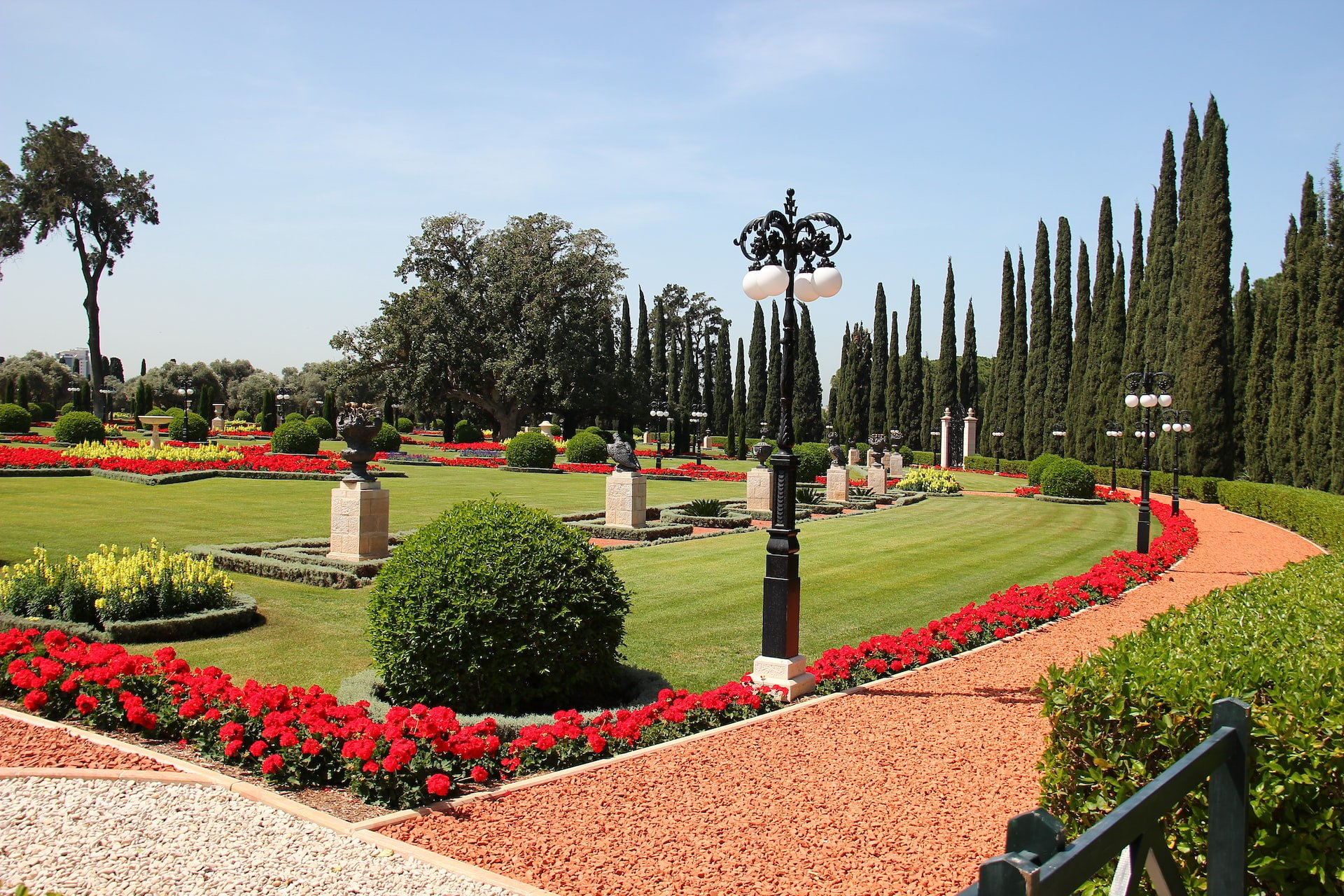Soft Versus Hardscape
 By
Madison Faulkner
·
1 minute read
By
Madison Faulkner
·
1 minute read

If you're new to the construction or landscaping industry, you've probably heard others mention phrases like 'softscape design' or 'hardscaping materials'. We've taken the time to differentiate between the two in order to help you better understand these common and frequently used phrases. Softscape and hardscape are two different categories of landscaping elements, and the main difference between them is the type of material used.
Softscape refers to the living, horticultural elements of a landscape, such as plants, trees, flowers, and grass. Softscape elements are typically characterized by their organic nature and their ability to grow and change over time. Softscape features can be used to add color, texture, and visual interest to a landscape, as well as to provide shade and privacy. Good rule of thumb, "If it grows, it's softscape."
Hardscape, on the other hand, refers to the non-living, man-made elements of a landscape, such as walkways, retaining walls, patios, decks, and outdoor kitchens. Hardscape elements are typically constructed from hard, durable materials like concrete, stone, brick, or wood. Hardscape features can be used to define outdoor spaces, provide a solid foundation for outdoor activities, and add aesthetic value to a landscape.
Softscape and hardscape features can be combined in various ways to create a beautiful, functional, and harmonious outdoor environment. Not many landscape projects benefit from being entirely one or the other. Contractors should be well versed in both areas to be competitive in the industry. To recap, softscape refers to the living, natural elements of a landscape, while hardscape refers to the non-living, man-made elements.
When reviewing landscape or construction plans, you'll often find material specifications called out as page annotations or on a separate notes page. Its a vital step in the pre-construction process to generate counts for the materials needed for soft and hardscape areas. This crucial step is often called a material takeoff.
When creating project budgets, contractors need to be able to communicate materials requirements to their peers and supervisors. Quantity counts can not be skipped or one might end up over or under bidding your project budget which may result in a client not returning for more projects. If you become known for your attention to detail and high standards on project bids, then you'll be able to win more projects and grow your business.